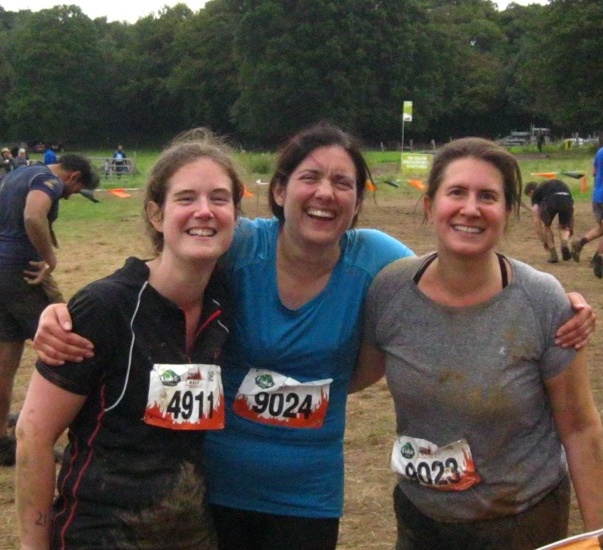Fast FVP - An Example
 Friday, January 6, 2017 at 12:15
Friday, January 6, 2017 at 12:15 My description of Fast FVP seems not to have been as clear as it should have been. This is a pity as it is actually an extremely good system - and the one which I am currently using myself.
I think an example of how it works would be helpful.
So here is an imaginary list and I’ll go through step-by-step how one would action it using Fast FVP. The list is not in any sort of order, and it’s a mixture of work and leisure items with a range of tasks from large projects to trivial routine actions. To keep it simple I’ve not added any new tasks while the example is being worked.
● Email
Read Magazine
Read “War and Peace”
Call Joe re Relocation Project
Write Staff Reports
Tidy Desk
Buy Birthday Present for C
Blog Post
Charge Phone
Convene New Branch Guidance Committee
Approve Advertising Drafts
Expenses Claim
Journal
Facebook
Twitter
You began by dotting the first task. You now ask yourself whether you are ready to do it now. The answer is “Yes”. You work on it, delete it and re-enter at the end as it is a recurring task. You dot the new first task.
● Email
● Read Magazine
Read “War and Peace”
Call Joe re Relocation Project
Write Staff Reports
Tidy Desk
Buy Birthday Present for C
Blog Post
Charge Phone
Convene New Branch Guidance Committee
Approve Advertising Drafts
Expenses Claim
Journal
Facebook
Twitter
Email
You ask yourself whether you are ready to do it now. The answer is “No”, so you ask yourself the second question which is “What do I want to do more than Read Magazine”? You scan down and dot “Call Joe re Relocation Project”. You’re not ready to do it now, so continue scanning. You want to do “Charge Phone” more than call Joe so you dot that. You are ready to do that now, so action that.
● Email
● Read Magazine
Read “War and Peace”
● Call Joe re Relocation Project
Write Staff Reports
Tidy Desk
Buy Birthday Present for C
Blog Post
● Charge Phone
Convene New Branch Guidance Committee
Approve Advertising Drafts
Expenses Claim
Journal
Facebook
Twitter
Email
Charge Phone
Now you go back to “Call Joe re Relocation Project” and ask yourself whether you are ready to do it now. The answer is still “No”, so exactly as in FVP you continue scanning from the last task you have done, i.e. “Charge Phone”. You scan down the list and decide you want to do “Facebook” more than call Joe. You are ready to do that now so action that.
● Email
● Read Magazine
Read “War and Peace”
● Call Joe re Relocation Project
Write Staff Reports
Tidy Desk
Buy Birthday Present for C
Blog Post
● Charge Phone
Convene New Branch Guidance Committee
Approve Advertising Drafts
Expenses Claim
Journal
● Facebook
Twitter
Email
Charge Phone
Facebook
Now you go back to “Call Joe re Relocation Project” again and ask yourself whether you are ready to do it now. The answer now is “Yes”. So do it. It’s not a recurring task so don’t re-enter it.
● Email
● Read Magazine
Read “War and Peace”
● Call Joe re Relocation Project
Write Staff Reports
Tidy Desk
Buy Birthday Present for C
Blog Post
● Charge Phone
Convene New Branch Guidance Committee
Approve Advertising Drafts
Expenses Claim
Journal
● Facebook
Twitter
Email
Charge Phone
Facebook
You now go back to “Read Magazine” and ask yourself whether you are ready to do it now. The answer is still “No”.
What is the next step?
When you’ve answered this question, scroll down the page and you will come to the correct answer.
Answer:
Ask “What do I want to do more than Read Magazine?” and scan down the page from the task you have just done, i.e. “Call Joe re Relocation Project”.
Did you get it right? If not, read the instructions again, write out the example and go through the process step-by-step.





